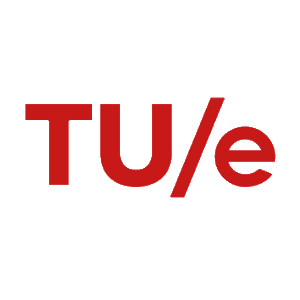
Eindhoven University of Technology (TUe, www.tue.nl) is the world’s best-performing research university in terms of research cooperation with industry (#1 since 2009) and a world-leading university in engineering science and technology.
Electromagnetic Compatibility (EMC) research is a pillar of EES (Electrical energy System) group within the Electrical Engineering Faculty. We develop advanced modeling and measurement techniques that will help the designers of electronic systems to fully understand and simulate the key factors leading to potential degradation of signals in their systems at an early stage of the design process. The research focus ranges from “small” systems (e.g. noise propagation in integrated circuits) up to “large” ones (e.g. lightning protection of aircrafts). The innovative modeling and measurement techniques are rooted in advanced analytical electromagnetics, statistical electromagnetics and simulation techniques.

The University of Twente is a public university in the Netherlands with a primary focus on Engineering and with considerable experience in training through research. Together, 3300 scientists and professionals carry out ground-breaking research, bring about high technological innovation, and provide inspiring teaching for more than 10,000 students. The university has the nickname of ‘The Entrepreneurial University’, and has generated over 750 new companies in the last 3 decades. The campus is home to around 100 businesses, including student-run businesses. The EMC group performs research in EMC with a focus on measurement techniques, preventing EMI and EMC in complex (mission-critical) systems.
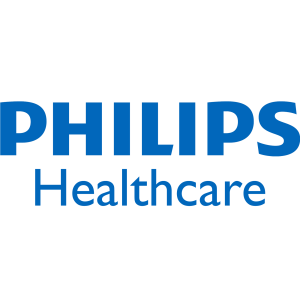
Royal Philips (NYSE: PHG, AEX: PHIA) is a leading health technology company focused on improving people’s health and enabling better outcomes across the health continuum from healthy living and prevention, to diagnosis, treatment and home care. Philips leverages advanced technology and deep clinical and consumer insights to deliver integrated solutions. Headquartered in the Netherlands, the company is a leader in diagnostic imaging, image-guided therapy, patient monitoring and health informatics, as well as in consumer health and home care. Philips generated 2019 sales of € 19.5 billion and employs approximately 80,500 employees with sales and services in more than 100 countries. In a total addressable market estimated at over EUR 140 billion, Philips is well positioned to leverage advanced technology and our deep clinical and consumer insights to deliver integrated solutions that improve people’s health and enable better outcomes across the health continuum.
In 2019, Philips invested EUR 1.88 billion in Research and Development, or 10% of sales. Nearly 12,500 employees are working in Research & Development, which is over 15% of the total work force.
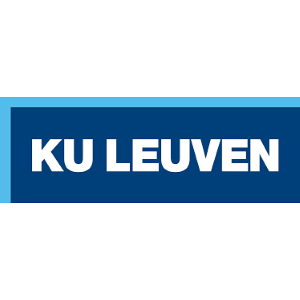
KU Leuven (http://www.kuleuven.be) is the largest university in Belgium and a LERU Charter member. It had > 540 European research projects in FP7 (2007-2013), and was 6th in the league of HES institutions participating in FP7. In Horizon 2020, KU Leuven currently has more than 330 approved projects, and is in 11th place for European institutions hosting ERC grants. To date, >100 ERC Grantees confirm that KU Leuven is a breeding ground (55 Starting Grants) and attractive destination for the world’s best researchers. The success in the FP7 and Horizon 2020 Marie Skłodowska Curie Actions, with 73 (I/E)TN, is a manifestation of the three pillars of KU Leuven: research, education and service to society.
The M-Group KU Leuven supervisors (http://iiw.kuleuven.be/Bruges/groep-m/) are leading experts in dependable mechatronic systems. Key competences include mission- and safety-critical systems, fault-tolerant design, software coding, EMC, sensor networks as well as machine systems and control.
Doctoral training is provided in the framework of the Leuven Arenberg Doctoral School (https://set.kuleuven.be/phd). To assist ESRs in matters of work permits, visas, living, mobility, housing, etc., KU Leuven has the International Admissions Office (an Official Marie Skłodowska Curie mobility centre recognized by the Flemish government) with dedicated officers that offers new colleagues HR, recruitment and career- management support – www.kuleuven.be/welcome). For support in administration and finances an EU team (www.kuleuven.be/eu/contact) with 14 full-time employed experts to support with legal/financial/administrative/HR/ matters which in their can turn to a team of >50 people (including lawyers, accountants, IPR experts, etc.) for assistance at LRD TTO.
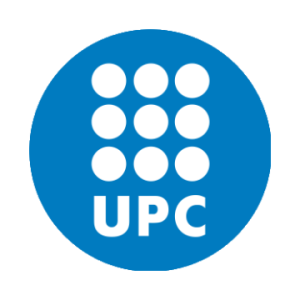
The Universitat Politècnica de Catalunya · BarcelonaTech (UPC) is a public institution of research and higher education, specializing in the fields of architecture, science, engineering and technology.
The UPC is the Spanish technical university with the highest percentage of graduate doctors. Is structured in 10 campuses, 21 schools and faculties and 30 departments. Currently offers 70 undergraduate programs, 73 master programs and 48 doctoral programs. The UPC has 58200 Alumni. The UPC figures for year 2017 are: 30.155 students, 3.093 teaching and research staff, 1.967 UPC staff, 52 patents, 61.5 million euros R&D income, 166 European projects, 515 national and regional projects, 4796 scientific publications, 359 PhD Thesis, 2 spin-off and 8 start-up. . The UPC Budget for 2018 is 283 million euros.
The ETERNITY ESRs will get their technical supervision and training in the Electromagnetic Compatibility Group (GCEM). GCEM is part of the Electronic and Biomedical Instrumentation research group of the Department of Electronic Engineering at the Universitat Politècnica de Catalunya (UPC). GCEM is formed by a team of researchers and highly qualified technical staff who are actively involved in applied research projects and technology transfer activities to the industrial sector. The group focuses its activity on electromagnetic compatibility (EMC) innovation projects. GCEM main research areas are: Near field measurement, Radiated transient measurements, time domain measurements and Numerical simulation for EMC. In the automotive, aerospace, electro- medical and EMC instrumentation areas.
Part of the training team belongs also to the instrumentation and e-health division of Research Centre for Biomedical Engineering (CREB) of UPC a centre that has been serving the needs of research, technological development, innovation and knowledge transfer of companies, hospitals and institutions related to the field of Health technologies since 1983. The CREB’s multidisciplinary staff includes more than 80 researchers, organized in seven research areas. The doctoral training is provided in the framework of the UPC doctorate school (https://doctorat.upc.edu/).

NEXTIUM by Idneo
NEXTIUM by Idneo team brings 20 years of expertise in automotive industry. Our talent comes from Ficosa Panasonic Advanced Communications & In-Cabin Monitoring Business Units.
Nextium’s strong background in multi-disciplinary fields capabilities include but are not limited to, radio-frequency, hardware, software, system validation, global certification, design for manufacturing.
Nextium is also part of Idneo’s global organization, with more than 450 employees and has more than 5 million vehicles in the market equipped with our connectivity products and technologies.
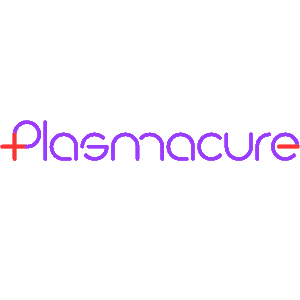
Plasmacure is start-up that develops and commercializes cold atmospheric plasma for would healing. Founded in 2014, expected market introduction of PLASOMA for diabetic foot ulcers in 2020.
Around ten million patients in Europe develop diabetic foot, venous leg and pressure ulcers. For 3% of diabetic foot patients these wounds result in an amputation. This decreases quality of life for patients. Our goal is to prevent this and heal wounds with Plasoma. It is a chronic wound healing device consisting of an electronic pad that creates a cold plasma in the wound and a pulser that sends the electric current to the pad. When applied to the wound the cold plasma kills the bacteria and stimulates healing.
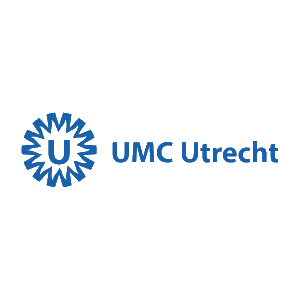
The UMC Utrecht Center for Image Sciences (CIS) is a worldwide, leading center for translational medical imaging and image analysis for personalised image-guided diagnosis and therapy. The center focuses on medical imaging, image-guided therapy and non-invasive studies to image and monitor regenerative diseases and cancer. Currently, approximately 140 PhD students are involved in the basic and clinical science activities of the center, comprising mathematicians, physicist, chemists, biologists, medical technologists, clinical scientists and physicians. The center collaborates with several private partners (Philips Healthcare, Elekta) and small/medium enterprises, some of which are spinoffs of the research activities of the center (Quirem Medical, MRcoils BV). The High Field MR research group, headed by dr. Dennis Klomp in the UMCU CIS is focused on the development and clinical application of new ultra high field MRI techniques. This multi-disciplinary group of scientists works on mathematical modelling of nuclear spin dynamics, design and building of RF and gradient coils, pulse sequence development as well as clinical evaluation of new MRI technology in patients and volunteers.
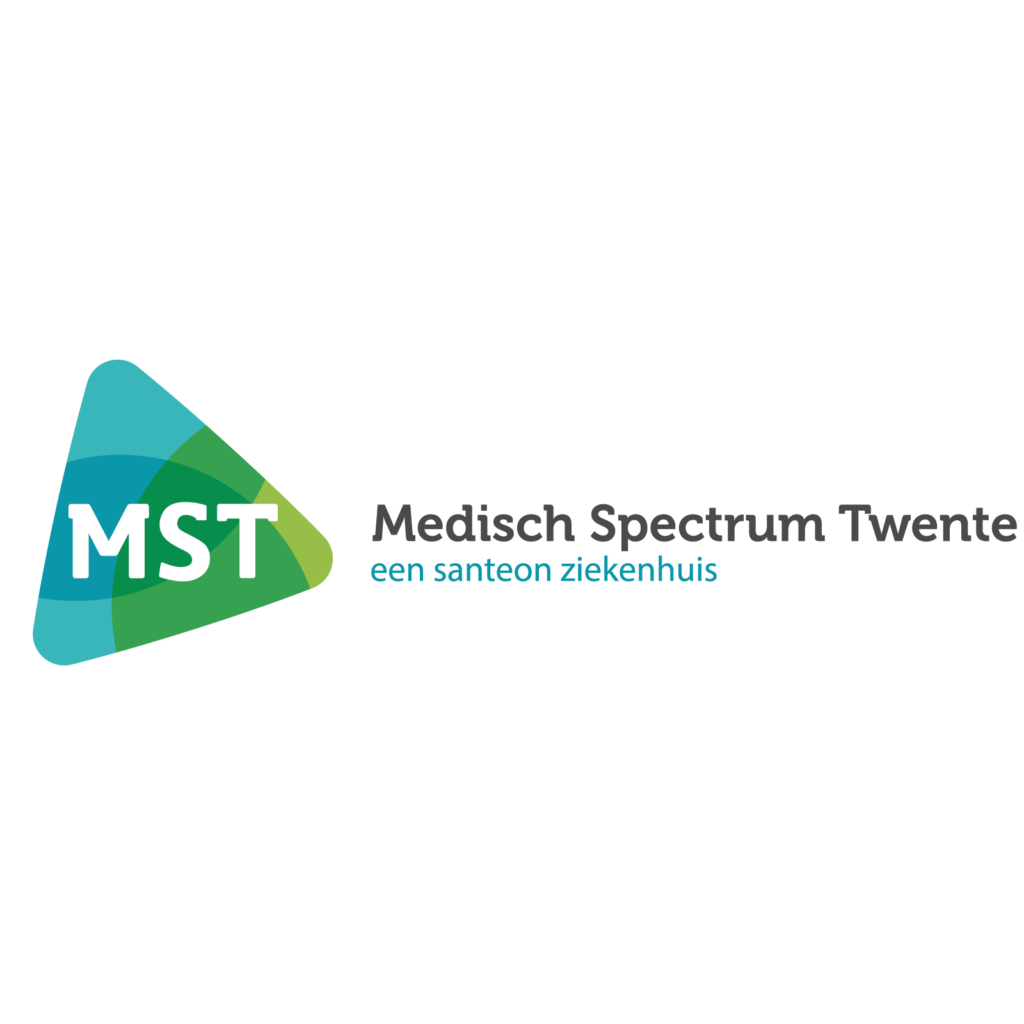
Medisch Spectrum Twente
Medisch Spectrum Twente is a top clinical hospital providing a complete range of care; from basic – to top clinical care at an academic level. It is one of the seven Santeon hospitals in The Netherlands that work closely together to improve care by learning from each other. MST is a medical education center for future (para)medics and nurses and a scientific research center within the fields of top clinical care (including cardiology, vascular surgery, oncology and complex trauma care) and chronic care (including paediatric) lung medicine, rheumatology, neurology). Highlights within these research topics are ‘medical-technological innovations’ and ‘value-based health care’.
Medisch Spectrum Twente provides several clinical as well as technical research facilities, such as the medical 3D laboratory, Thoraic Center with high end cardiac catheterization chambers, national center of expertise for people with gastro-intestinal ischemia, .a high end hybrid OR, a high end radiology department as well as radiotherapy centre.
In close collaboration with Twente University, Saxion University of applied sciences as well as other institutes, MST focuses on the development and implementation of new medical technologies. For example, MST is one of the partners in the ‘Pioneers in Health Care Innovation Fund, together with Twente University and two neighboring hospitals. With an annual budget of € 600,000 this fund enables many innovative research projects.
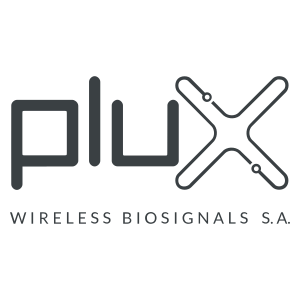
Established in 2007, PLUX creates innovative products for Healthcare and Research, by developing advanced biosignal monitoring platforms that integrate wearable body sensors such as electromyography, electrocardiography, respiration, accelerometers, and others, combined with wireless connectivity and software applications to deliver real value recognized by our target markets. PLUX has a significant track record in the creation of innovative added-value products, examples of which include the work on novel technologies for physical rehabilitation (http://www.physioplux.com) and ergonomics (http://www.ergoplux.com). The latest success case is BITalino, (http://www.bitalino), which in little over three years gathered a 3300+ user base scattered across more than 40 countries worldwide.
Our mission as company is to create miniaturized sensors and wearable devices for biosignal acquisition and processing. All products aim to provide users with maximum comfort and safety, together with user-friendly software. Given the strong partnerships established with other scientific institutions, PLUX sets the bridge between the academic mean and the market, by applying and projecting the research know-how to problems and practical needs, in several technological areas.
From high know-how on analog-digital filtering and amplification electronics, PLUX can provide the acquired signals with very low noise, high sensitivity and high immunity to electronic interferences. Currently we have a set of biomedical sensors such as Electrocardiography (ECG), Electromyography (EMG), Electrodermal Activity (EDA), respiration, accelerometer and others, from which several physiological parameters can be extracted, such as: heart rate (HR), heart rate variability (HRV), muscle activation (EMG), sympathetic events from EDA sensors or energy expenditure from an accelerometer. Beyond biomedical sensors, PLUX also has expertise in hardware development, enabling the quick turnaround and discovery of new solutions, new applications and market-focused strategies in the field of biosignal sensing.

Faculty of Sciences and Technology (NOVA-FCT), is one of the most prestigious Portuguese engineering and science public graduate schools and it is engaged in extensive research activity 5 developed in 16 research centres. One main departments of FCT will be involved in the project: Laboratory for Instrumentation, Biomedical Engineering and Radiation Physics (LIBPhys). The R&D activities of LIBPhys develop in three institutions (University NOVA of Lisbon, University of Lisbon and University of Coimbra) in the areas of atomic, molecular, nuclear physics and electronic & industrial automation instrumentation with applications to analytical methods, radiation detection and biomedical engineering. In the last 5 years, the Biomedical Engineering group of the LIBPhys published more than 40 articles in ISI international journals, was responsible for 3 PhD thesis, and established collaborations with several companies and hospitals.
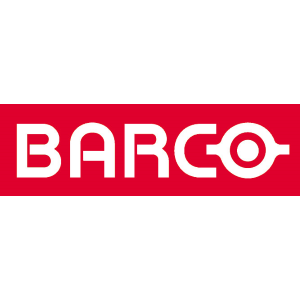
Barco nv is a global technology company that designs, develops and manufactures visualization solutions for a variety of selected professional markets: control rooms, digital cinema, healthcare, media & entertainment and simulation & virtual reality. In these markets Barco offers user-friendly imaging products that optimize productivity and business efficiency. Its innovative hard- and software solutions integrate all aspects of the imaging chain, from image acquisition and processing to image display and management. Barco has its own facilities for Sales & Marketing, Customer Support, R&D and Manufacturing in Europe, North America and Asia Pacific. Barco (NYSE Euronext Brussels: BAR) is active in more than 90 countries with about 3500 employees worldwide.
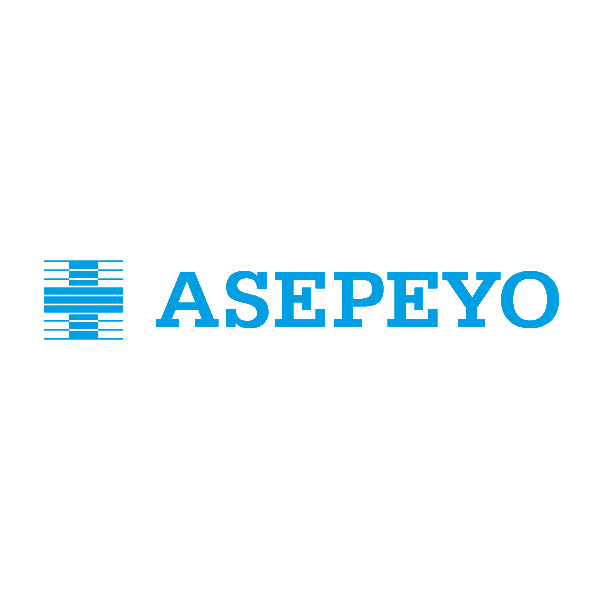
ASEPEYO
ASEPEYO Hospital is a mutual that associates employers to ensure the disability of workers. It manages the social security contributions to cover both the damage to the workers’ health and the cost it entails. To cover the injuries suffered due to work (occupational accidents) of workers, ASEPEYO has a network to provide health care. This network consists of assistance centers for basic treatments and hospitals to treat more important injuries.
There are two hospitals with similar characteristics, one in Sant Cugat del Valles (Barcelona) and the other in Coslada (Madrid). They have 4 surgery rooms, intensive care units, hospitalization units and important rehabilitation areas with all the physiotherapy equipment and the human team to carry it out. Another part of the mutual is that of prevention, a unit that is involved in the prevention of accidents of any kind that may happen as a result of work. This covers all aspects of worker health and safety at the worker place or any circumstance.
